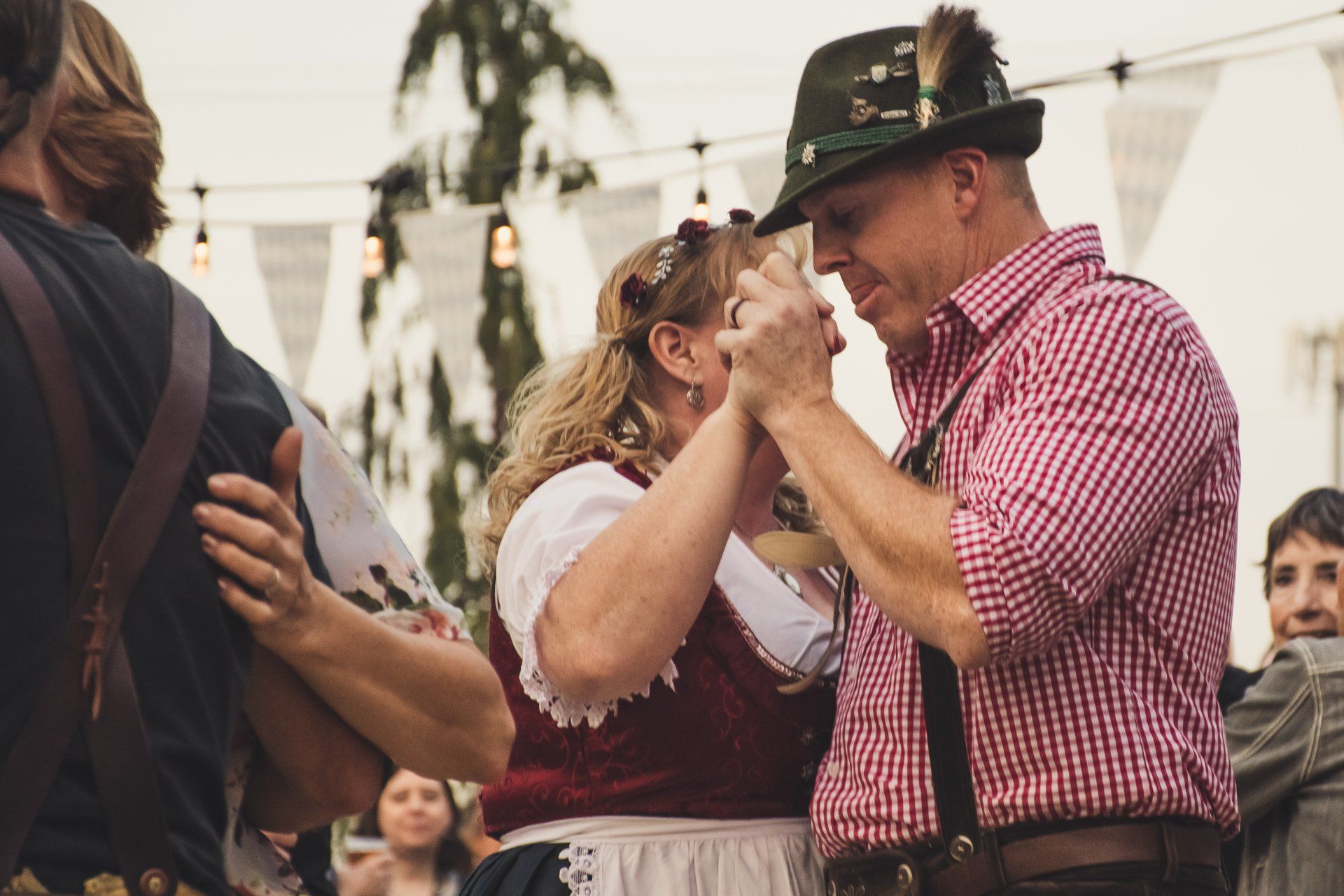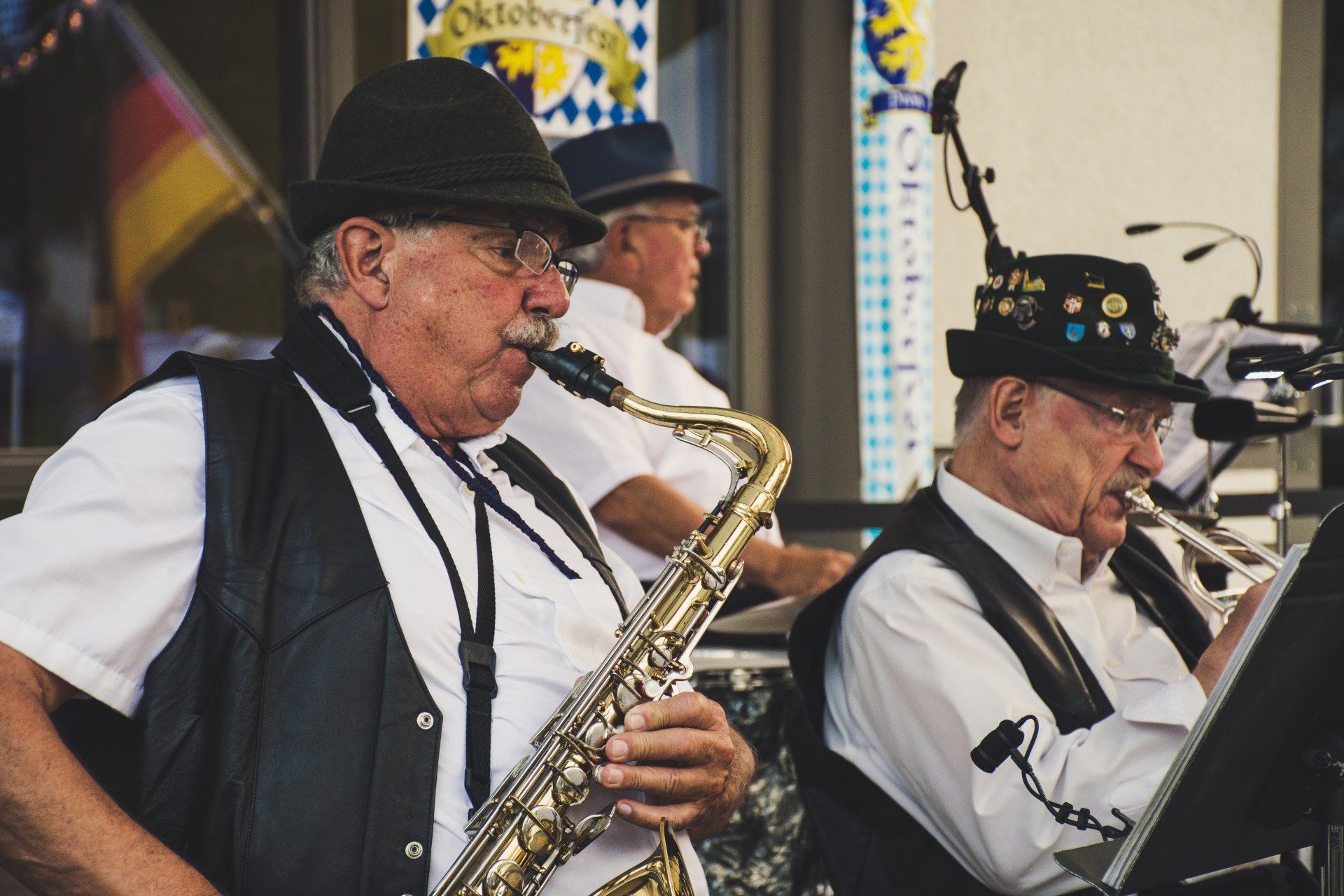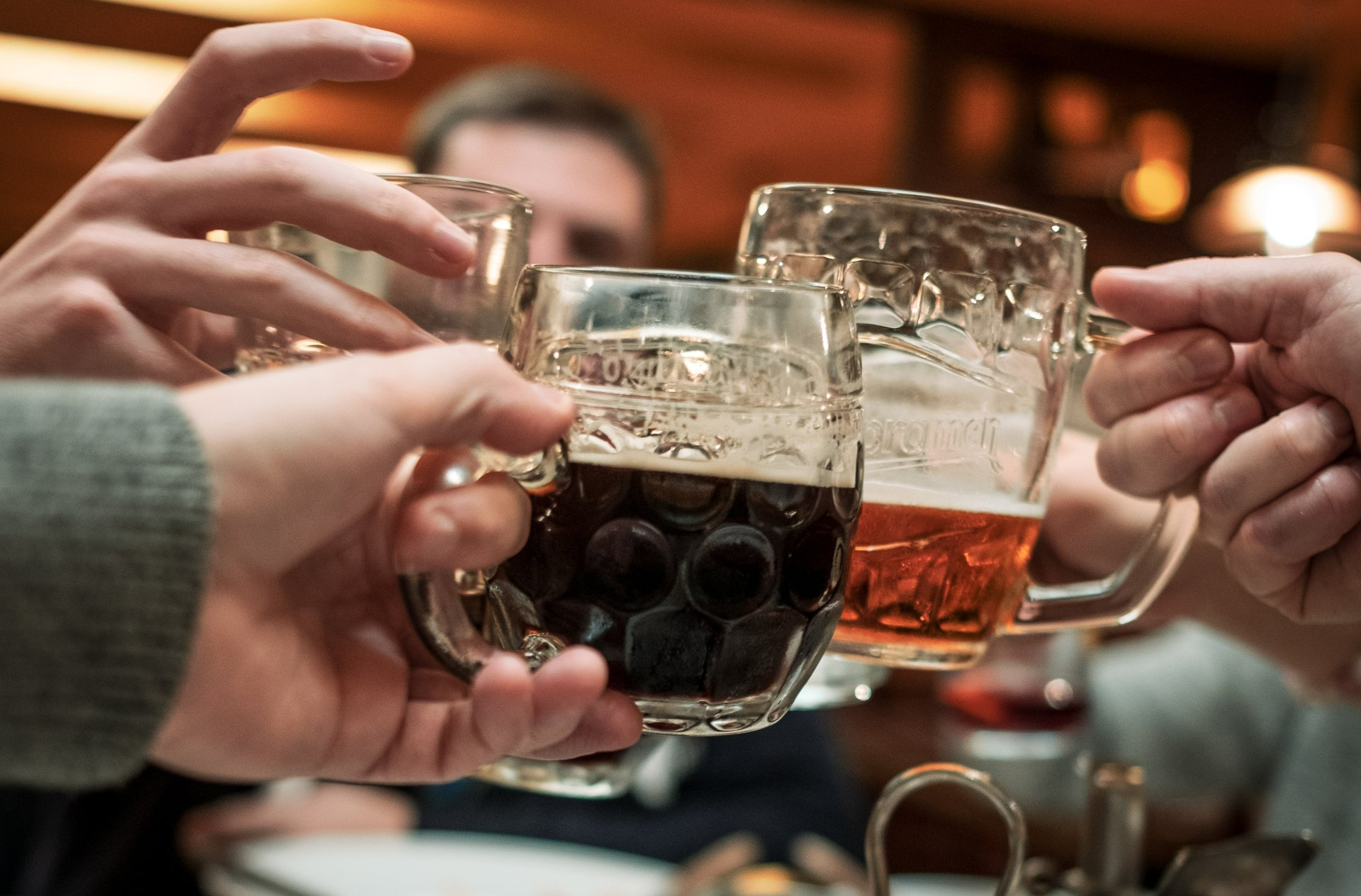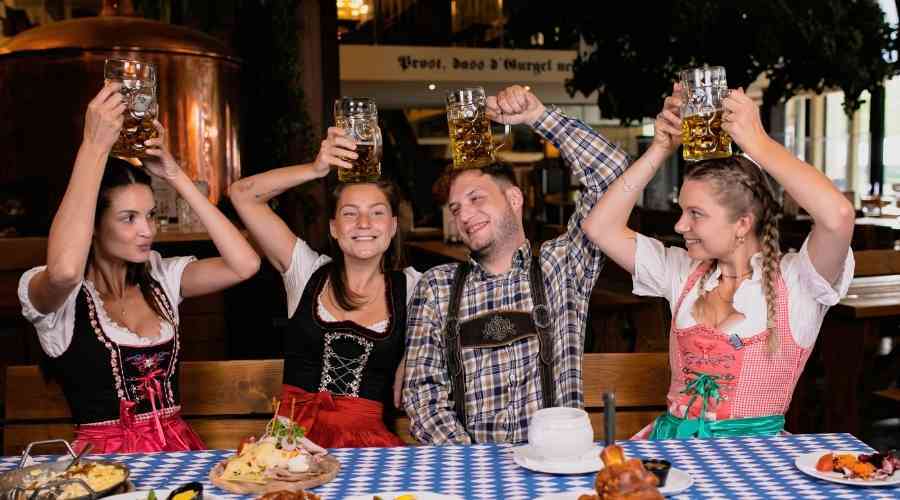Fall is a Special Season for Beer
What's Special About Oktoberfest Beer?

It's that time of year again! The leaves are falling, the air is crisp, and Oktoberfest is just around the corner. For beer lovers, that means it's time to stock up on your favorite Oktoberfest beers. But what makes these beers so special? Read on to find out.
Oktoberfest beers are brewed in late spring and allowed to age until September or October. This evaluates to around six weeks of lagering, or cold conditioning. The end result is a smooth, malty beer with (generally) a lower alcohol content than other beers.

The most popular style of Oktoberfest beer is the Märzen. These beers get their name from the German word for March, when brewers would traditionally brew their strongest and highest-gravity beers. These brews would then be stored in cool caves or cellars over the summer months, to be consumed come autumn.
Nowadays, most Oktoberfest beers are of the Märzen style (with a few exceptions). But regardless of style, all Oktoberfest beers have one thing in common: they're brewed according to the Reinheitsgebot, or the German Purity Law. This law stipulates that only water, barley, and hops can be used in brewing beer - no additives or preservatives allowed!

The key difference between regular lagers and Oktoberfest beers is that they use a specific type of malt known as Vienna malt. This malt gives the beer a distinctive orange hue and imparts a slightly sweet flavor with notes of caramel. In addition, Oktoberfest beers are usually brewed with noble hops, which give the beer a slight bitterness and floral aroma. The overall result is a smooth, malty beer that is perfect for sipping on a cool autumn day.
So there you have it - everything you need to know about Oktoberfest beer! Whether you're a fan of the Märzen style or you like to mix things up with a different variety, make sure to stock up on your favorite brews this autumn. Prost!











